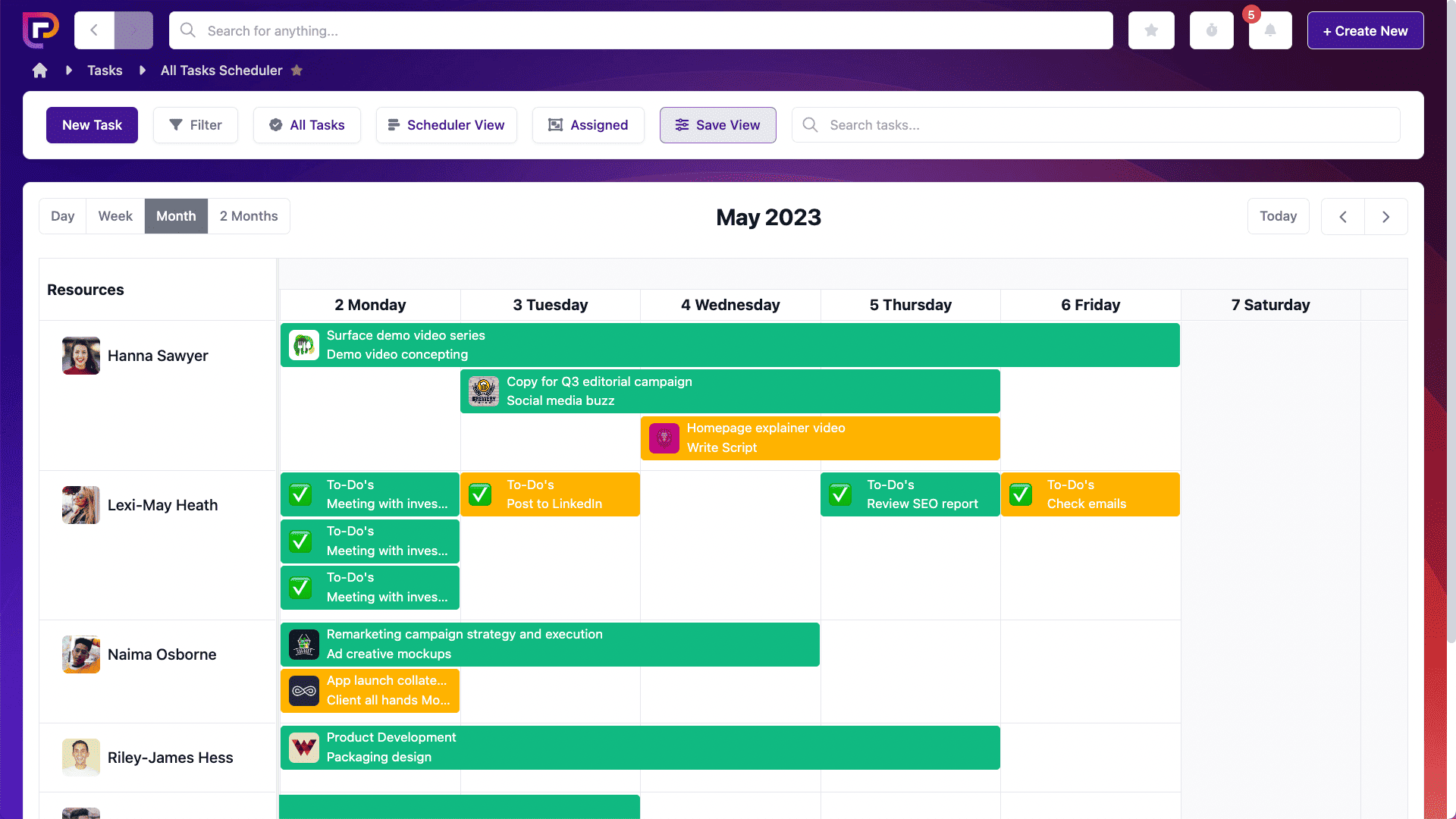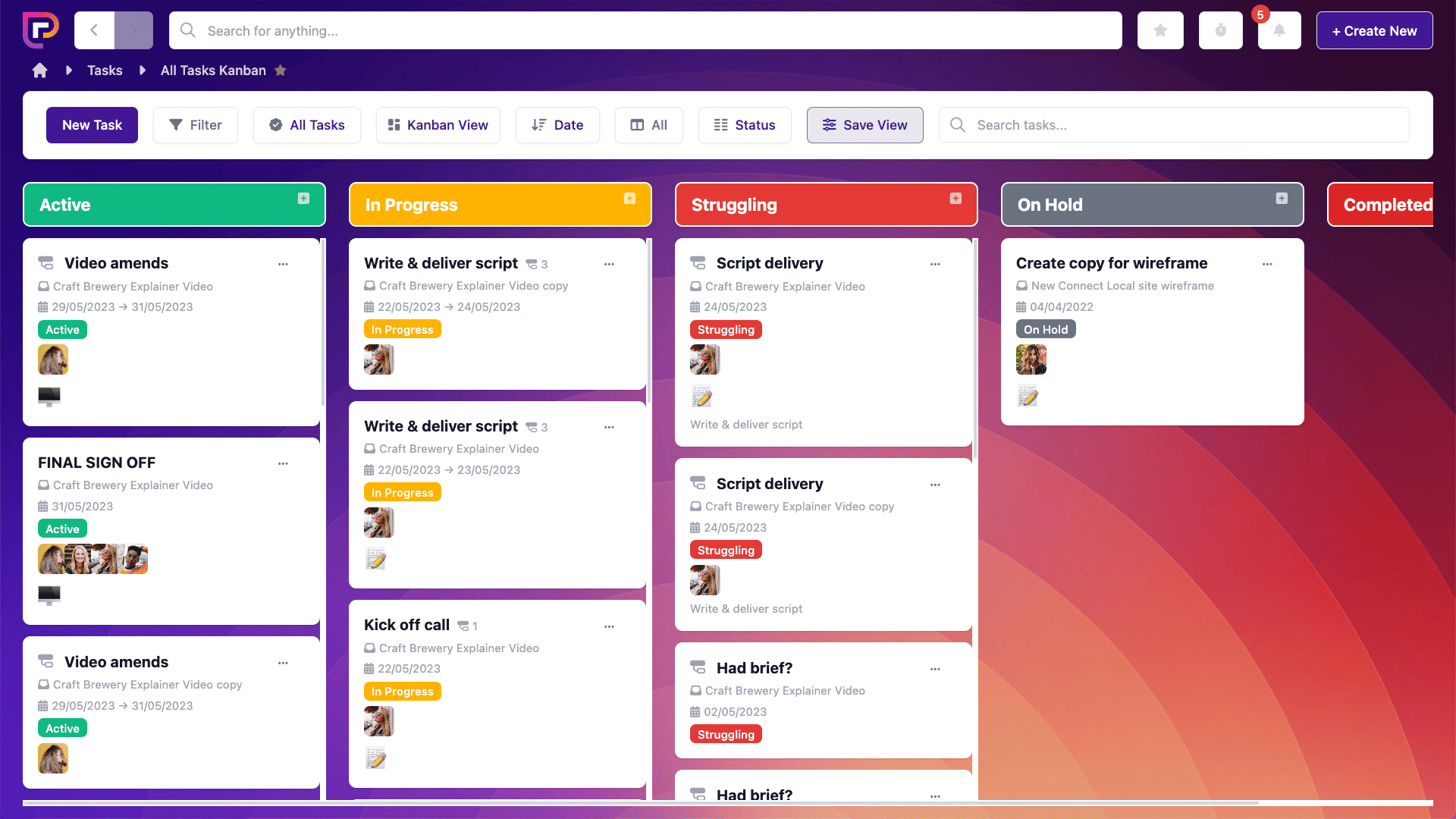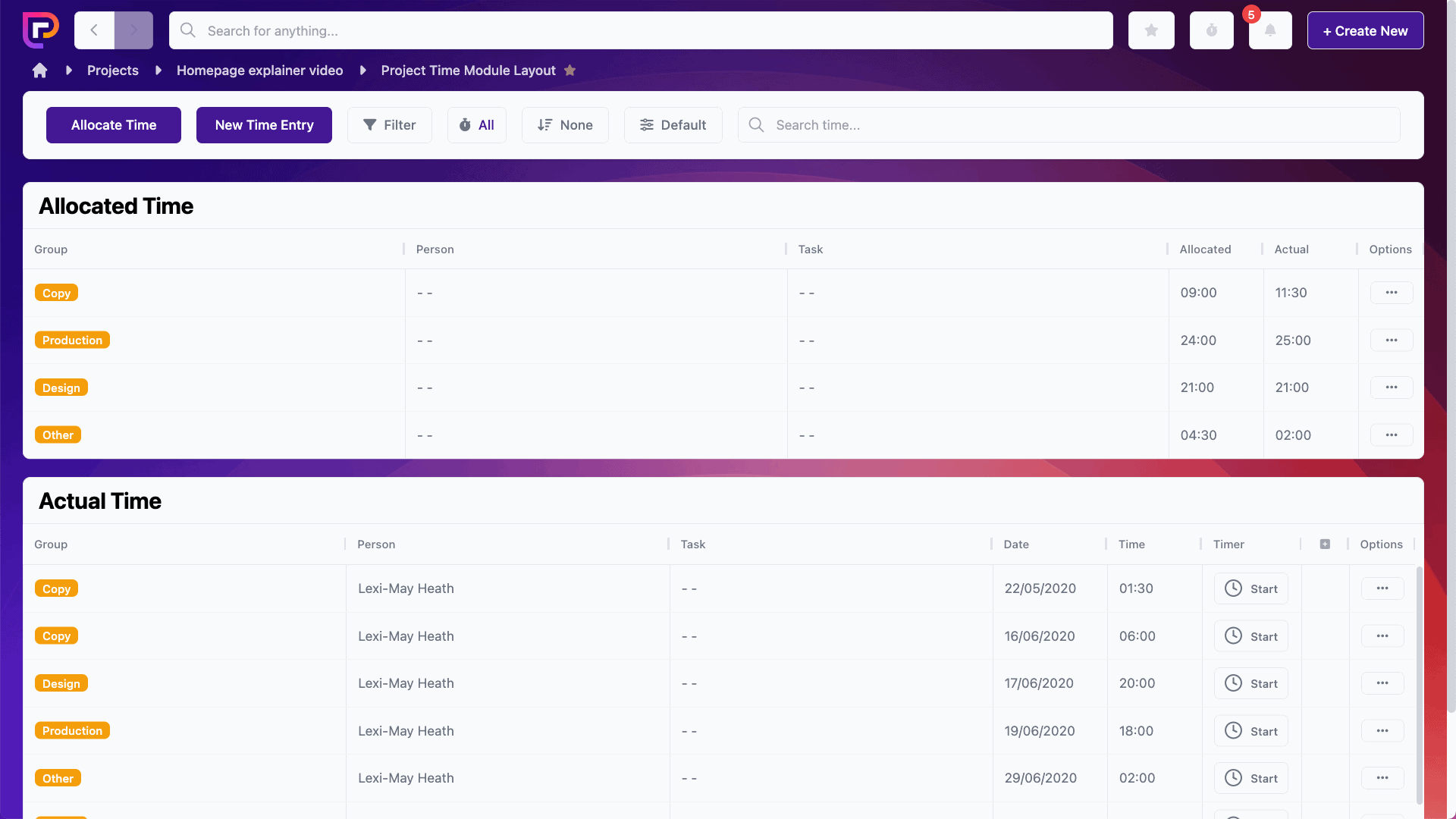Last updated on 10th April 2024
Project success is critical.
But if we don’t properly understand what we’re trying to do – and the means by which we’ll measure whether that has been achieved – then our evaluation of success or otherwise will always be flawed and subjective.
As a result, we can easily reach the wrong verdict on whether a project or initiative was successful.
Based on our own gut feelings and preconceived ideas, we can waste huge amounts of time – and miss other great opportunities – all because we didn’t use the right measuring stick:
We didn’t define what success would look like.
So, in this article, let’s take a look at 7 possible ways to measure project success – so you can be sure you’re achieving what you actually want to achieve.
1. Schedule
One of the most obvious criteria for project success is whether the work is completed and delivered on time.
It’s also, surprisingly, where many projects fall down – particularly in certain industries. Like IT:
And construction:
It seems like sticking to schedule is a distinctly ‘human’ problem, representing an issue across many industries. So how do we fix it?
There are two points to make here.
One is the importance of scheduling software as a way to keep things on track.
If your team is using paper to-do lists (as 34% of people do, according to our research) email inboxes or offline spreadsheets, to manage their daily work output and project progress – you’re putting yourself at a huge disadvantage right from the get-go.
Giving your team a single source of truth in terms of what work is due, and when it needs to be done, is invaluable in helping move things towards conclusion.
It means everyone has their own designated task list – as well as visibility of what other people are working on.

You also want to make sure you don’t fall victim to ‘Parkinson’s Law’ – the idea that the work ‘expands to fill the time available for it.’
People often avoid reporting early task completion – even when it’s been achieved – because they fear that it will imply that future deliverables can all be done as quickly.
This means they spend the extra time performing checks and adding nice to have “bells and whistles” that aren’t strictly required by the specifications, and – again – if unforeseen delays arise, the leeway has already been eaten up.
It’s important, culturally, then, to:
- Make timelines and deliverables super clear and transparent throughout the business, and
- Encourage and reward early delivery of work.
It also really helps to get an idea of when things are likely to be missed – getting an ‘early warning’ system in place where people can identify tasks or projects as being at risk of late delivery is important.
Whether this is a quick morning meeting every day, or a Kanban style system – like below – where people can highlight particular deliverables they’re struggling with.

As a leader, this gives you a good overview of where projects are up to – ensuring they move smoothly through your workflow.
2. Cost & Profitability (ROI)
As the old saying goes, “Turnover is vanity, profit is sanity.”
Making sales and having projects to work on is fantastic – but how many of them are profitable? How accurately is that measured? Is it measured at all?
Getting a solid understanding of your cost base is really important and can make the difference between a project that’s profitable, and one that isn’t.
This might involve a lot of spreadsheet work in terms of tracking and itemising your expenses.
It might also involve tracking and logging time, particularly for service businesses.
In the ‘Time’ section on every Project.co workspace, you’ll be able to compare the hours you’ve allocated to a project, vs. the time you actually spent on it.

This can give you a great indication – at a glance – of your most profitable and successful projects.
3. Customer Satisfaction
Another business cliche as old as time itself – ‘the customer is king!’
You could execute a project that’s perfectly on-schedule, and turns a healthy profit – but if the customer isn’t satisfied with the outcome, can it really be considered a success?
Customer satisfaction is at the very heart of how many businesses work.
But again – it’s important to consider how it’s being tracked, how accurately, how often and how thoroughly?
There’s plenty of data out there suggesting that whether your customers are happy, or unhappy, only a tiny proportion of them will ever get in touch to tell you.
This means you have to be proactive in terms of encouraging feedback.
It might be as simple as just *asking* your customers how their experience was and what you could do to improve.
But there are other ways you could do this, too, of course. SurveyMonkey offers a range of customer satisfaction survey templates, for example.
4. Team Satisfaction
So, your project is on-time, on-schedule, and the client is happy. Full house, right?
Well, not necessarily. If the whole thing is painful for your team – leading to lost engagement, employee churn, absence and other undesirable effects – it clearly affects your long-term ability to continue to tick all these boxes.
And – on a human level – it just makes your business a lousy place to work. And nobody wants that, right?
It’s important, then, to make sure you’re fully in touch with how your people are feeling on a regular basis, so you can identify (and resolve) any significant issues.
There are various tools and techniques to do this, including:
Surveys: you could run them regularly, or annually – or both! – but these are great because they give you total flexibility on what you want to know from your team. You can anonymise these, too, so people feel empowered to give feedback they usually wouldn’t.
Daily reports: getting a daily report from your team is a quick and easy way to keep updated not only on work completed, capacity and issues (helpful from a resourcing and scheduling perspective) but also a general sense of how people are feeling. Asking for an update on peoples’ wellbeing is, itself, a positive move – it demonstrates that you care, and invites feedback. This all lets you resolve issues quickly before they become more serious.
5. Output Quality
Technically, this is an extension of the two previous points – but it’s worth mentioning in its own right.
Because another crucial measure of project success is the quality of the output itself, and how it stands alongside the product of your competitors.
It’s really important to create a product that you and your team are proud of.
There are lots of ways to do this – particularly with creative work – and some of our favourites include:
360 degree feedback – 360 degree feedback is a review system where employees receive confidential, anonymous feedback from the people who work around them, usually including their manager, peers, and direct reports.
6. Cycle time
We’ve talked at length about some of the criteria for delivering great work – on schedule, in profit, delighting your customers, inspiring your team, standing out at the top of your industry.
What if you could do all that – but even more quickly?
This is where measuring and improving cycle time comes in as a metric for project success.
Cycle time essentially means the amount of time it takes to get from the ‘start’ to the ‘end’ of your project, whatever that looks like. And, clearly, the quicker you can get from point ‘A’ to point ‘B’ – without sacrificing quality – the better the outlook for your business.
When you start to measure this, you can think about improving it. And that’s where things get really exciting.
7. Continual improvement
Kaizen is a Japanese principle and the idea is to make small improvements regularly, and that – collectively – these small gains add up to huge advances.
This is an important outlook, since most people aspire to be ‘the best’ at something – and feel that they’ve failed if they don’t achieve this. However this is a really simplistic and flawed way of thinking about things.
The reality is, it can take years to generate the skill and experience to become the best in your field and – unpopular as it seems – some might not ever become ‘the best.’
Does that mean they’ve failed? Of course not. It may sound trite, but all we can be is the best version of ourselves.
Employing the idea of kaizen might mean looking back over past projects – at random if necessary – and comparing current to past output. This helps validate the idea of improvement over time – and, honestly, although it can feel embarrassing to look back over previous work, it certainly highlights the level of improvement you’ve made, often without even realising. If that isn’t a signal of success – then what is?!
You could also look at your average customer satisfaction, your % of projects delivered on time, your team satisfaction scores – and simply try to improve them, one tiny step at a time.
Final thoughts
So, there you have it – seven ways to measure project success.
2. Ensure profitability
3. Keep your customers happy
4. Keep your team happy
5. Create quality outputs
6. Measure and optimise cycle time of your projects
7. Continually improve all of the above in a marginal improvement.
Do all seven and you’ll put yourself in an amazing position to do your best work now, and long into the future! For more tips and tricks check out this article: How to Create a Project Schedule That Works.




